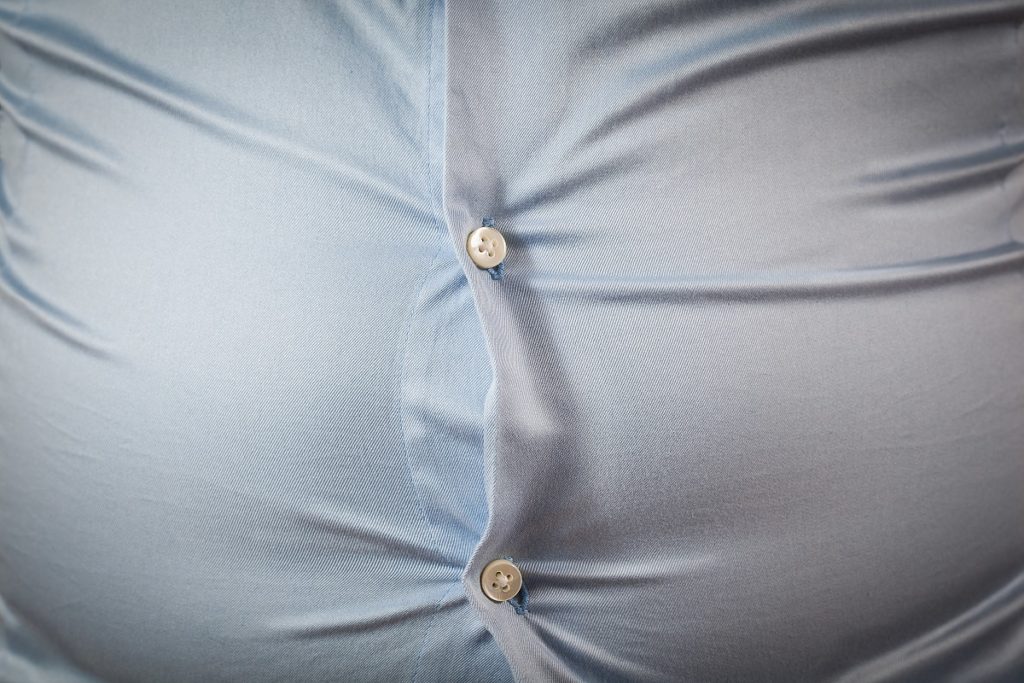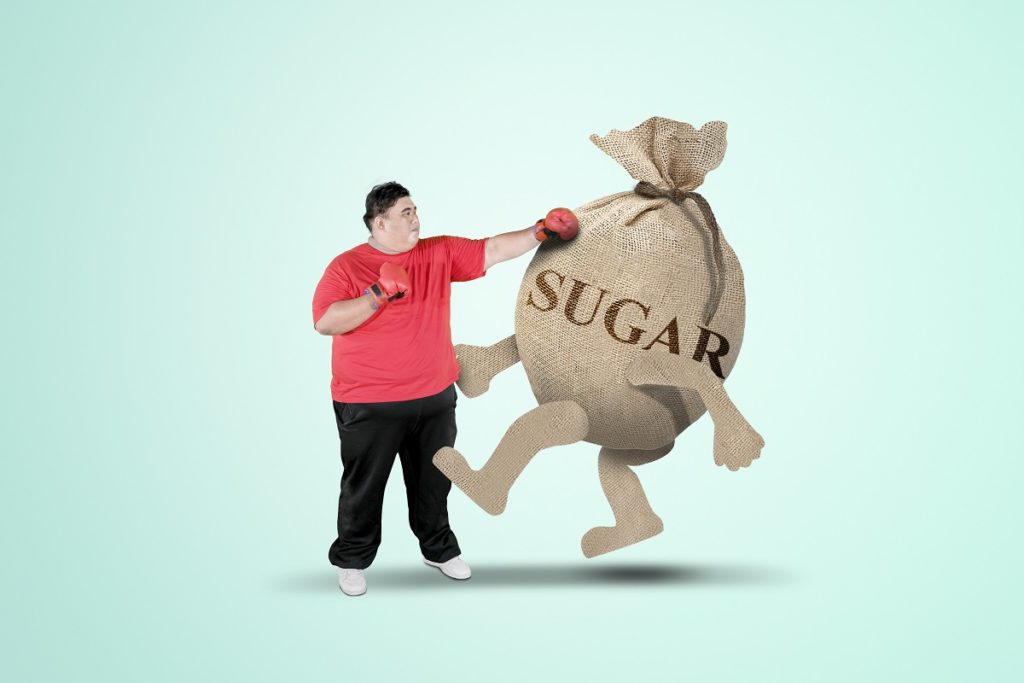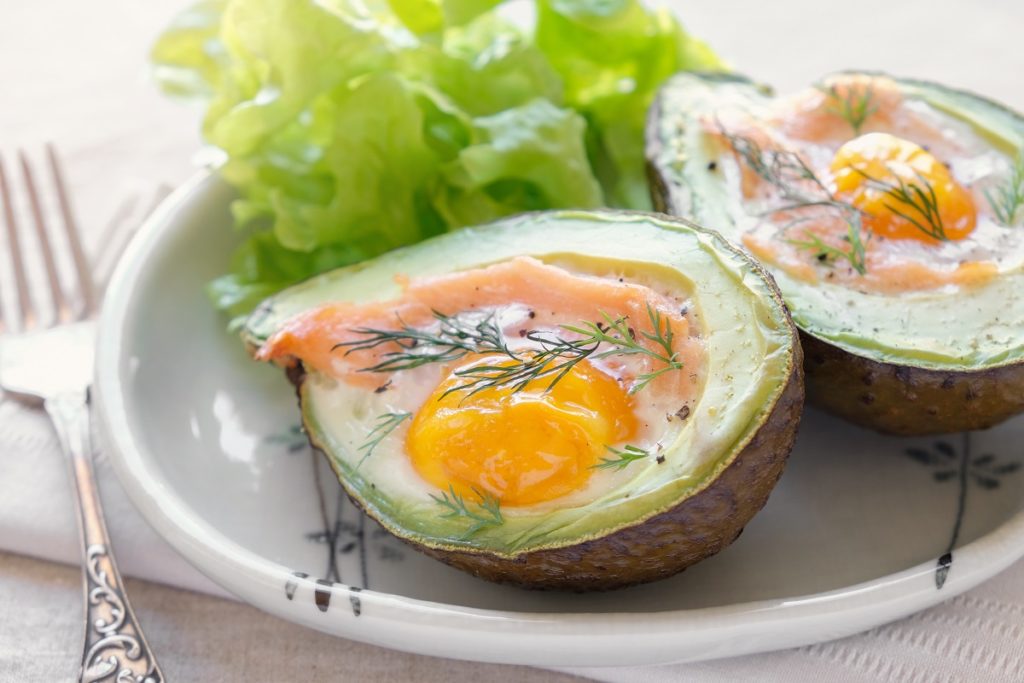I recently pondered the idea of going on a full keto diet, and it was for the one and only purpose that most people try keto—losing weight! But did you know that this diet was never intended for weight loss? As this article published by AFPA Fitness explains, the keto diet originally started out as a treatment for epilepsy:
“The research story begins with the first modern study of fasting and its role in epilepsy, which took place in France around 1911. The study found that epilepsy patients who consumed low-calorie diets combined with periods of fasting experienced fewer epileptic seizures and had fewer adverse health effects from the condition.”
Although this dietary discovery helped control epileptic seizures, it also caused serious malnutrition. And, unfortunately, once patients return to their regular diet, the seizures also returned.
(If you or a loved one is dealing with epilepsy, you may want to read the article in full for a deeper understanding of the association between keto and this condition.)
This article also discusses what we now consider to be the classic keto approach that we recognize today: “A Mayo Clinic physician named Dr. Peterman gets credit for standardizing the diet into the ‘classic keto’ approach that is still followed today…experts advocate for a 4:1 ratio of fat to protein and carbs, with 90 percent of calories coming from fat, six percent from protein, and just four percent from carbs. Though these ratios are still considered the gold standard, a 3:1 ratio was also regarded as beneficial.”
William Banting’s “Letter on Corpulence, Addressed to the Public,” published in 1869, sparked a rage for low-carb dieting across Europe and America. The letter is available at the SRP Historical Archives, along with the following summary:
“William Banting was an overweight British undertaker who had tried all the popular prescriptions for weight loss of his day, without success. Then his physician recommended he try abstaining from starches and sweets (i.e., processed carbohydrates). When Banting promptly dropped 35 pounds in a few months, he was inspired to inform the public of his success…Unbeknownst to most modern nutritionists and weight loss ‘experts,’ low-carb dieting in the Banting mode was commonly recommended in early twentieth-century textbooks on medicine, obesity, and endocrinology. It wasn’t until the 1960s, with the emergence of the notion that eating saturated fat leads to heart disease—a hypothesis that remains unproven to this day—that low-carb diets fell out of favor.”
The fact that the keto diet leads to such phenomenal weight loss success brings it front and center for those who are trying to lose excess fat. The effects of drastically cutting carbohydrates to less than 50 grams a day causes the body to run out of fuel (blood sugar). This generally happens within three to four days of reducing your carbs. At that point you will start to break down protein and fat instead of glucose for energy. This is called ketosis.
I believe that Dr. Bruce Fife has written one of the best books on using the keto diet for weight loss. Fortunately, I can number him among my close associates, and over the years I’ve reviewed many of his books. Before launching a drastic change in my diet, I decided to ask Dr. Fife if he would explain in simple terms how the diet helps the body drop excess fat (rather than how it’s used for a medical condition such as epilepsy). I think his comments are worthy of sharing with my readers, so I present them to you below (emphasis mine).
Dr. Fife on Carbohydrates and Insulin Resistance
Carbohydrates are what cause insulin to rise. Insulin is a fat storage hormone. It is insulin that causes us to store fat and gain weight. Too much insulin equals being overweight or obese. Exercise has only a tiny impact on weight. Diet is the key. Of course, people with high a metabolism burn off more calories than those with a low metabolism, but carbs are the key to weight loss. Quantity of food (calories) is also important, but carbs are more important. People can eat lots of fat and protein without gaining weight but eat half as many carbs and get fat.
Basically, insulin is the hormone that opens the door on cells, allowing glucose to enter. It also opens the door to allow fat into fat cells and triggers the conversion of glucose into fat. All carbs, except fiber, raise insulin levels.
As we age our insulin metabolism can change. That is, it can become less sensitive (insulin resistance). This promotes weight gain. Insulin resistance can be affected by many factors, in addition to eating carbs. Polyunsaturated fats can promote it. Low vitamin D levels can encourage it. Low metabolism can contribute. Inactivity can promote low metabolism, which is more common as we age, as we often become less active. There are many things that can contribute to insulin resistance and weight gain.
Dr. Fife’s List of Important Recommendations
-
- The worse carbs are refined sugar, refined starch, and refined grains. A low-carb diet avoids these foods. In fact, any healthy diet should avoid them. They are junk foods.

- Less troublesome, but still be a problem if overconsumed, are unrefined carbs: whole grains, winter squash, dry beans and legumes, tubers, etc. and most fruits.
- The best carbs are low-carb vegetables: green beans, zucchini, tomatoes, lettuce, cucumber, onions, etc. These are the best because they are mostly water and fiber.
- Consuming meat, fish, dairy, and fat are an essential part of the keto diet.
- Using 3–4 tablespoons of coconut oil daily is a great way to increase metabolism and help you stay satiated.
- The worse carbs are refined sugar, refined starch, and refined grains. A low-carb diet avoids these foods. In fact, any healthy diet should avoid them. They are junk foods.
Dr. Fife on Keto-Cycling
I do not recommend staying on a keto diet permanently. It is a therapeutic diet. I recommend keto cycling, which is what our ancestors did. From the nineteenth century back through time, our ancestors went in and out of ketosis constantly. They did not eat a specific diet to induce ketosis, they did it naturally. We go into a mild state of ketosis every time we skip a couple of meals. The more meals we skip, the deeper into ketosis we go. In the past, during a winter, famine, or drought, people were forced to fast or subsist on very little food. They were in ketosis.
Today we eat a ketogenic diet to induce the same effect without feeling like we are starving. Keto-cycling mimics what our ancestors experienced—a period of eating and a period of fasting or eating little. With keto-cycling, you cycle through a period of ketosis by eating a ketogenic diet to mimic fasting, then eating normally (but healthy foods), and then repeating.
Dr. Fife on Intermittent Fasting
Fasting is both an ancient and as well a religious practice. There are many forms of fasting that are highly beneficial to the body, mind, and, yes, the spirit. Following are Dr. Fife’s recommendations:
Sleeping counts as part of your fasting period. You would be better to start with a 14 hour fast and eat two meals in the remaining 10 hours. You might need a snack midway at first. Then work up to 16 hours or 18 hours. My goal is 16 hours. I’m able to do that without much discomfort.
During the fasting phase, your body is not consuming carbs, so your blood sugar is low-normal, and you have no excess insulin running in your bloodstream. This allows the body to heal itself, especially if you have been a heavy carb and calorie consumer previously. There are many, many studies on intermittent fasting, and the science is very convincing.
How Do I Get Started on Keto-Cycling?
It may sound easy to just go online and research low-carb foods, recipes, and other information. But much of this is highly distorted. Please do yourself a favor and look to those who have studied, written successful books, and experienced this highly specialized diet. For this reason, I advocate two books by just such a person: Dr. Bruce Fife.
- The Coconut Ketogenic Diet. This book by Dr. Fife is a must-read on the absolute best ways to start your journey. The book is also centered on the metabolism, which is a critical component of the diet—so it is essential to know how to properly increase it. Additionally, Dr. Fife covers insulin resistance and how to overcome it.
- Fife’s Keto Cookery. This book is packed with many keto food facts and contains over 300 pages of the best keto recipes I’ve found anywhere.
I would also like to invite you to subscribe to Dr. Fife’s Free Healthy Ways Newsletter. You’ll find many articles, videos, and other up-to-date information that you won’t want to miss.
[xyz-ihs snippet=”Begin-Authors-Note”]Afterthoughts from the Traditional Cook
The Natural Law and Getting Fatter (Smile)
The natural law is the perfect control system that each of us has built into our psyche. Have you noticed that no matter how old or young we are, a beautiful body is one of the most desired possessions we strive for? We don’t want to be bulky, overweight, or sluggish. It’s just not in us, and it causes us to constantly feel fat! To that end, we diet (sigh). First with one type of diet, then with another. Sometimes we even go on dangerous diets that in the end make us sick. I often hear that I’m just proud, and I should be happy to just have a body!
Well, maybe, but for some odd reason I still admire my old photos, and I have the sense that I should get back in shape. Yes, losing excess weight can be a battle of the will, but after many years of studying, attempting not to care, and hating the effort of learning how to do things right, I’ve decided that it’s worth it to fix some of the bad habits that have caught up with me as I’ve aged. Certainly, I can’t go back to my youthful figure, but I can do better. That is, after all is said and done, what really matters.
If you want to see a real difference in your body, try the keto diet as recommended in this article. I recently ran into an old friend who I hadn’t seen in months. He told me that he’d been on the keto diet for about two years. I was flabbergasted. He was down from his former 300 pounds of to a sleek 180 pounds.
If he did it, so can we! By the way, my friend had read Dr. Fife’s book and recommendations about not going 100 percent keto, and he admitted that he also used keto-cycling to stay the course.
Maria Atwood, CNHP
[xyz-ihs snippet=”End-Authors-Note”]Disclaimer from Maria Atwood, CNHP: I am a Certified Natural Health Professional, CNHP, not a medical doctor. I do not diagnose, prescribe for, treat, or claim to prevent, mitigate, or cure any human diseases. Please see your medical doctor or health practitioner prior to following any recommendations I make in my blog posts or on my website.
Images from iStock/Prostock-Studio (main), CreativaImages (man punching sugar), ThitareeSarmkasat (salmon in avocado), ByoungJoo (close-up shirt).





